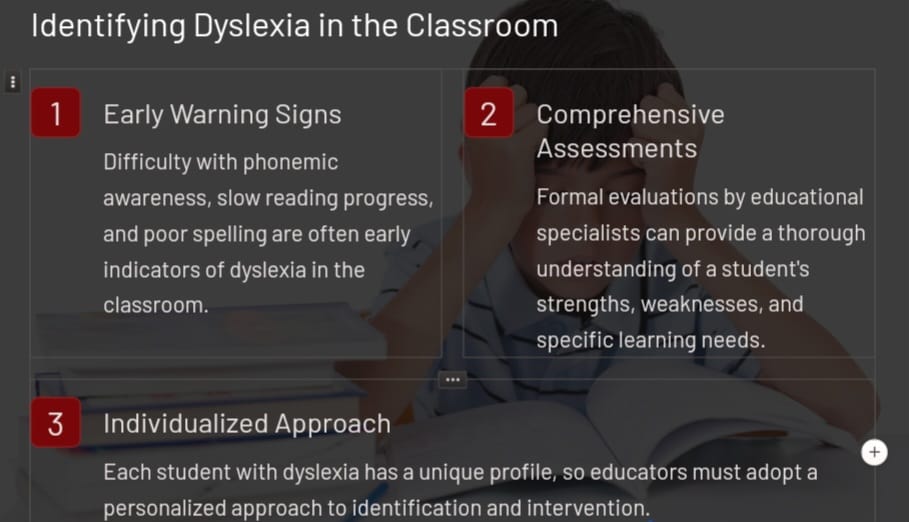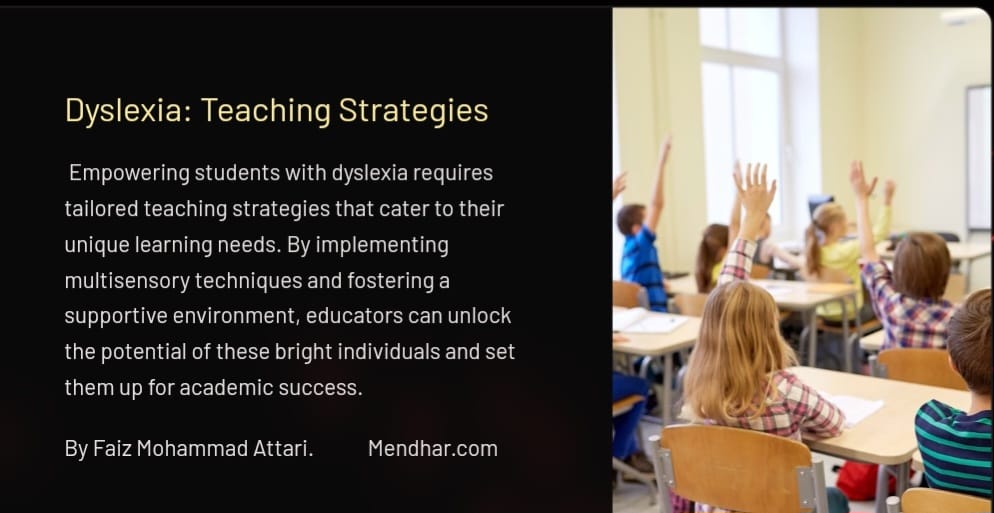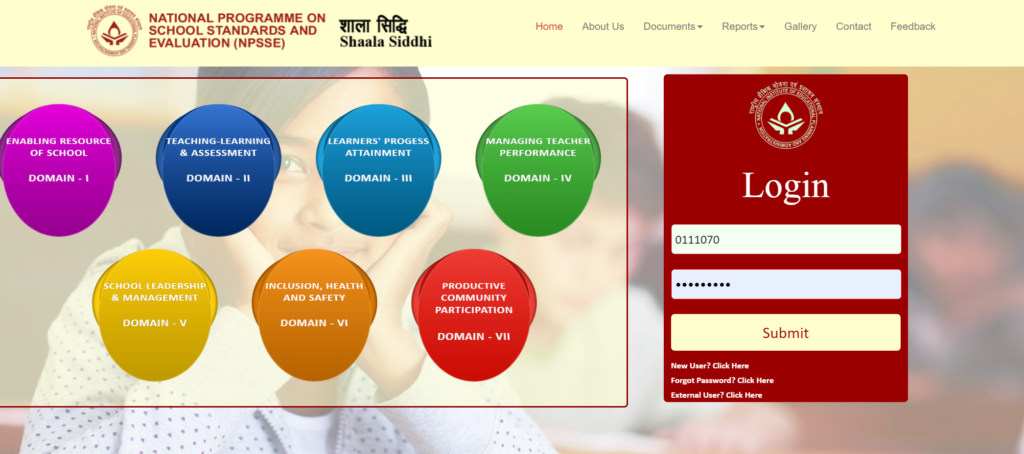Table of Contents
ToggleDyslexia: Teaching Strategies - Module 11 Answer Key

Introduction to Dyslexia: Teaching Strategies - Module 11
Dyslexia, a learning disorder affecting reading, writing, and spelling, poses significant challenges for individuals worldwide. However, with the right support and strategies, those with dyslexia can thrive academically and beyond. In this blog series, we delve into Module 11 of teaching strategies designed to empower educators and caregivers in supporting dyslexic learners effectively.
Dyslexia is more than just a difficulty with reading. It’s a complex neurological condition that affects the way the brain processes written and sometimes spoken language. Despite having average or above-average intelligence, individuals with dyslexia may struggle with tasks involving reading, writing, spelling, and even speech. These challenges can impact academic performance, self-esteem, and overall well-being if not properly addressed.
Fortunately, through research and experience, educators and specialists have developed a variety of teaching strategies tailored to the unique needs of dyslexic learners. Module 11 focuses on these strategies, aiming to provide educators with practical tools to create inclusive learning environments where every student can flourish.

Dyslexia: Teaching Strategies – Module 11 Answer key
1. A child with dyslexia has a hard time connecting letters to the sounds they make, and then blending those sounds into words.
– True
2. ‘Air writing’ is a kinesthetic method of teaching.
– True
3. In The KWL method of teaching, K stands for ‘Know’, W for ‘Where is it’ and L stands for ‘Listen.
– False
4. Methods for the remediation of letter reversal in children with dyslexia are:
– Visual and Auditory Input
– Tactile Input
– Kinesthetic Input
– All of the above
– Correct Answer: All of the above
5. Which of the following is not a challenging area for children with dyslexia?
– Vowel pronunciation
– Spelling
– Phonics
– Play
– Correct Answer: Play
6. Students diagnosed with dyslexia face challenges in interpreting and processing:
– Audio
– Image
– Language
– Graphs
– Correct Answer: Language
7. Time is an important factor in the learning process, and to learn or retrieve a concept within time, is a major challenge in SLD.
– True
8. Maximizing the copying from the board and not encouraging copying notes from peers are not factors that necessarily help a child to give their best.
– False
9. The multi-sensory way of teaching involves using text or images, picture cards, posters, videos, etc.
– True
10. Peer Buddy System is when the students with Dyslexic is paired with their peers in the class to provide support in reading and writing skills.
– True
11. The “I Spy” game helps children to hear the sound of words by looking at a letter which improves their listening skills.
– False
12. The KWL method helps improve reading comprehension of the child and also helps them remember the topic and do the question answers well.
– False
13. Dyslexia is a language-based learning disability.
– True
14. Using an abacus or other concrete material does not prove beneficial to teach basic operations to students with ASD.
– False
15. Teaching stories using visual aids such as flashcards, audio-visual mediums can be beneficial when teaching students with autism.
– True
16. If fine motor skills are a barrier to participation and academic function, we should seek available assistive technology.
– True
17. Students with autism show intense focus on topics they are interested in.
– True
18. Illustrating graphically the entire sequence of multi-step problems with the numbered steps written at the side of the board is useful.
– True
19. To teach students with autism, a teacher should move from known to unknown concepts.
– True
20. Students with autism find it difficult to learn and follow structured routines.
– True

Government Initiatives in India
In recent years, governments around the world have recognized the importance of addressing dyslexia within educational frameworks. In India, the government has taken significant steps to support individuals with dyslexia and ensure their access to quality education.
The Right to Education Act (2009)
One of the pivotal initiatives by the Government of India is the Right to Education Act (RTE) enacted in 2009. This act mandates free and compulsory education for all children between the ages of 6 and 14. Importantly, it emphasizes inclusive education, aiming to provide equal opportunities to children with disabilities, including dyslexia.
Sarva Shiksha Abhiyan (SSA)
Another crucial initiative is the Sarva Shiksha Abhiyan (SSA), launched in 2001 to achieve universal elementary education across the country. SSA aims to bridge gaps in educational access, enhance quality, and foster inclusivity. As part of SSA, efforts have been made to train teachers in recognizing and addressing the needs of dyslexic students, ensuring they receive appropriate support in mainstream classrooms.
National Policy on Education (NPE) 2020
In 2020, the Government of India introduced the New Education Policy (NEP), which aims to revolutionize the education system to meet the needs of the 21st century. The NEP emphasizes early identification and intervention for learning disabilities, including dyslexia. It promotes flexible teaching methods and the use of assistive technologies to cater to diverse learning styles, ensuring that no child is left behind.



Greetings
I have just checked mendhar.com for its SEO metrics and saw that your website could use a push.
We will enhance your ranks organically and safely, using only state of the art AI and whitehat methods, while providing monthly reports and outstanding support.
More info:
https://www.digital-x-press.com/unbeatable-seo/
Regards
Mike Howard
Digital X SEO Experts
Pingback: Dyscalculia: Teaching Strategies-Module 12 -